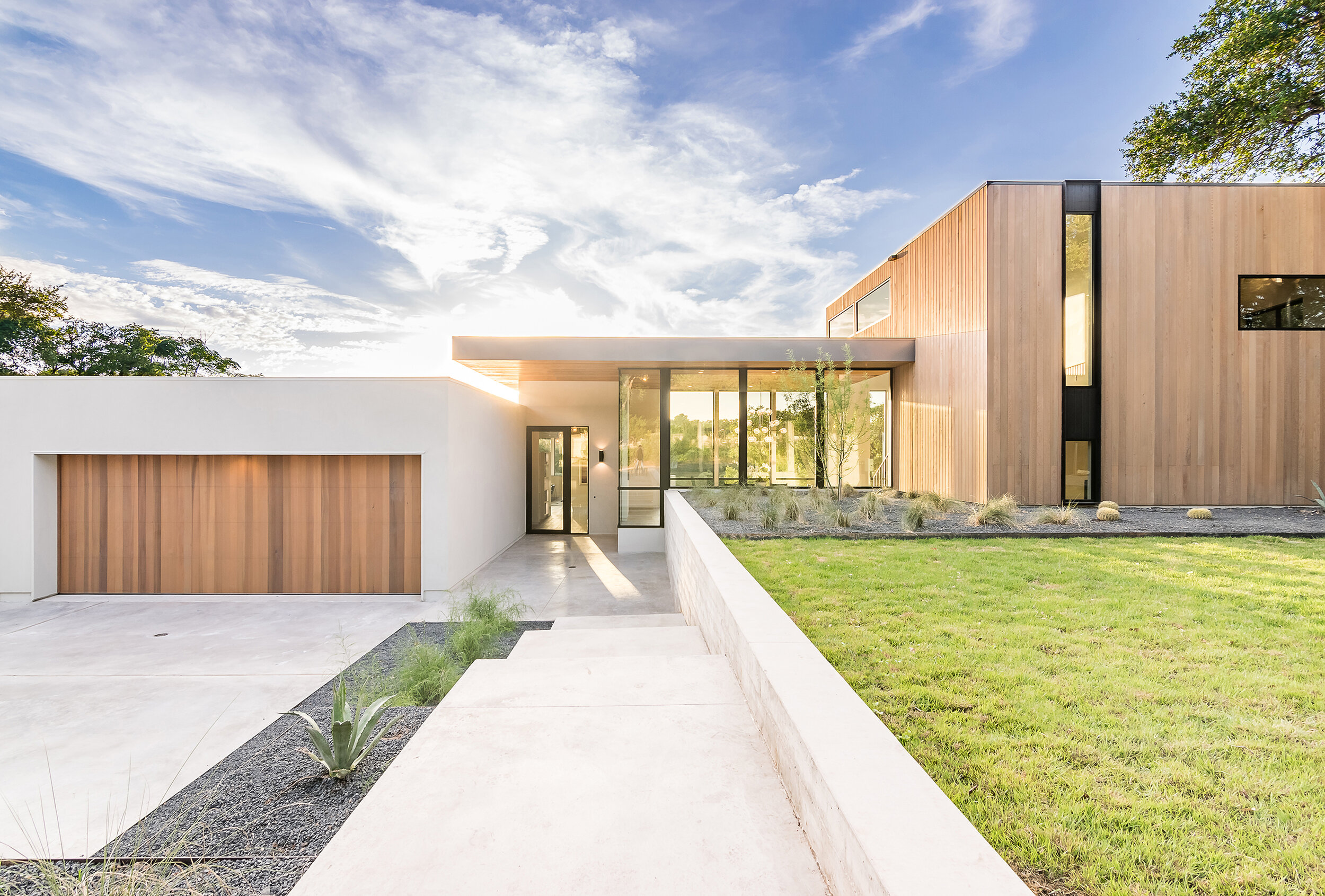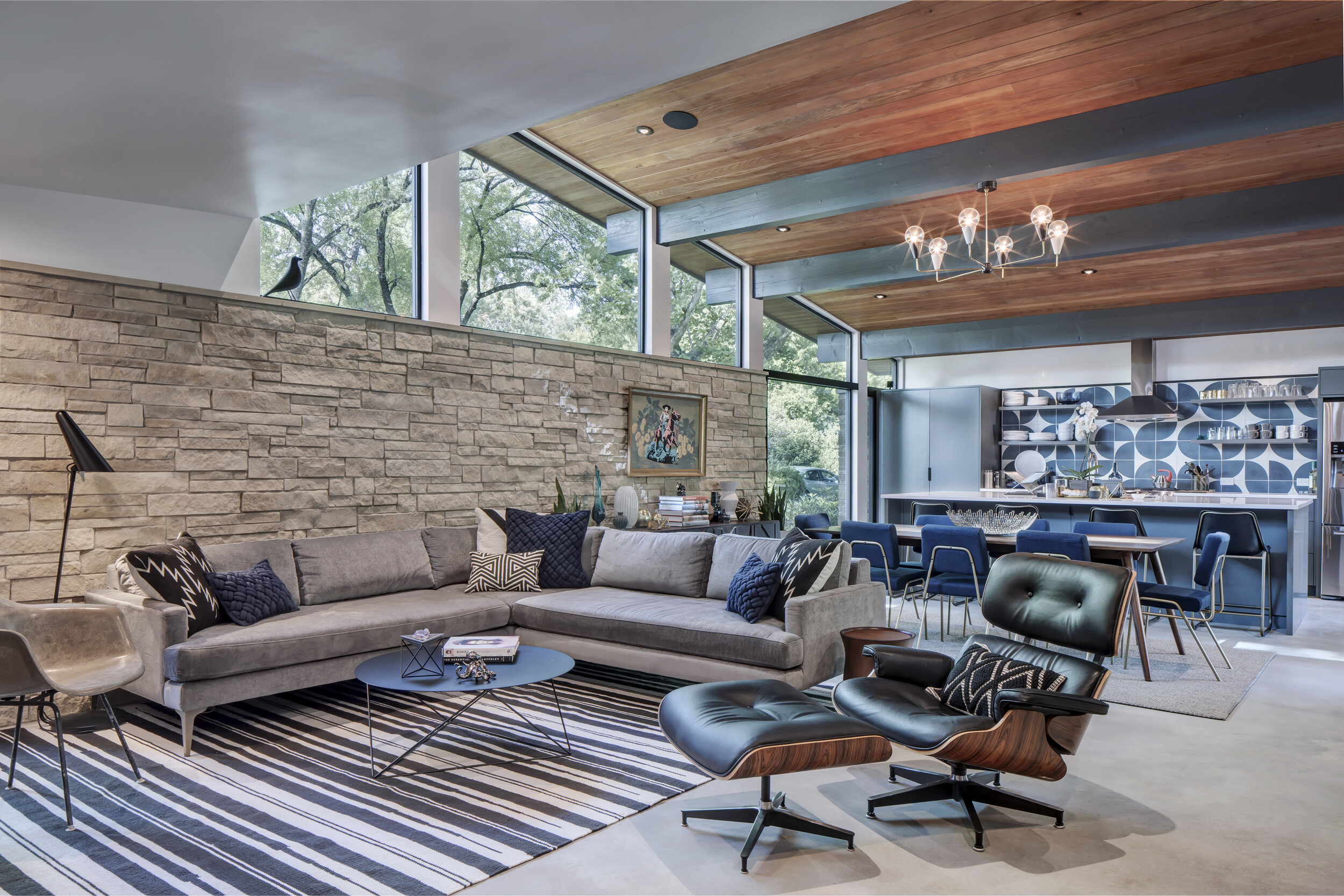Did you know that it may actually cost more to remodel an existing house than to build from scratch? Though it might be worth it to pay more for a remodel in some circumstances, it’s clearly best for an owner to make that choice as a conscious and informed decision. Two situations where it may be worth it to endure an extensive and expensive remodel include if the house has historical character, or sentimental/heirloom value. However, when buying an outdated existing house without knowing what to expect, the required upgrades may be far more than just superficial, including the structure, foundation, and infrastructure (plumbing and electrical). In these cases, preserving and rebuilding takes considerable effort and costs more than building a completely new house. There are also cases where in the end, the portions that are intended to be preserved have to be demolished anyway due to contaminants or lack of integrity. The owner can therefore be stuck in the worst case scenario – constrained to the original footprint, but without the character of the original.
Defining the scope of work and the goals for a project is an important part of any design and construction process. This is especially the case on the front end with remodels, or the decision to scrape and start over. Keep an open mind, and consider the following three things first:
1. Conduct a feasibility study.
In order to most effectively evaluate a property for remodeling or new build, we recommend that the owner consult with professionals (architects, engineers, and builders) as early as possible in order to make the right choices to meet their respective goals. Numerous factors should go into a given analysis, including, but not limited to: the durability of the existing structure, the performance of the building envelope and infrastructure, site conditions, neighborhood context, and codes/ordinances.
2. Establish a budget and work backwards.
An architect and builder will help the owner navigate what can or cannot be accomplished within a given budget. Account for hard costs as well as soft costs such as design and professional fees for the Architect, the Engineer, the Contractor, other consultants and permitting fees.
3. Think carefully how much time you are willing to allocate in order to complete your project.
Time is another key element of a budget. The design and construction process can last many months to a year or more, depending on the complexity of the project and the owner’s ability to be decisive.
Building a custom home or remodeling can be a highly rewarding process and lead to a very functionally efficient and attractive house. It does require patience and a commitment of time and resources from the owner, but results in a meaningful investment that truly affects a positive change on the owner’s everyday life. Check out our website “blog” section for more on the design and construction process. We are always only a call or an email away!


